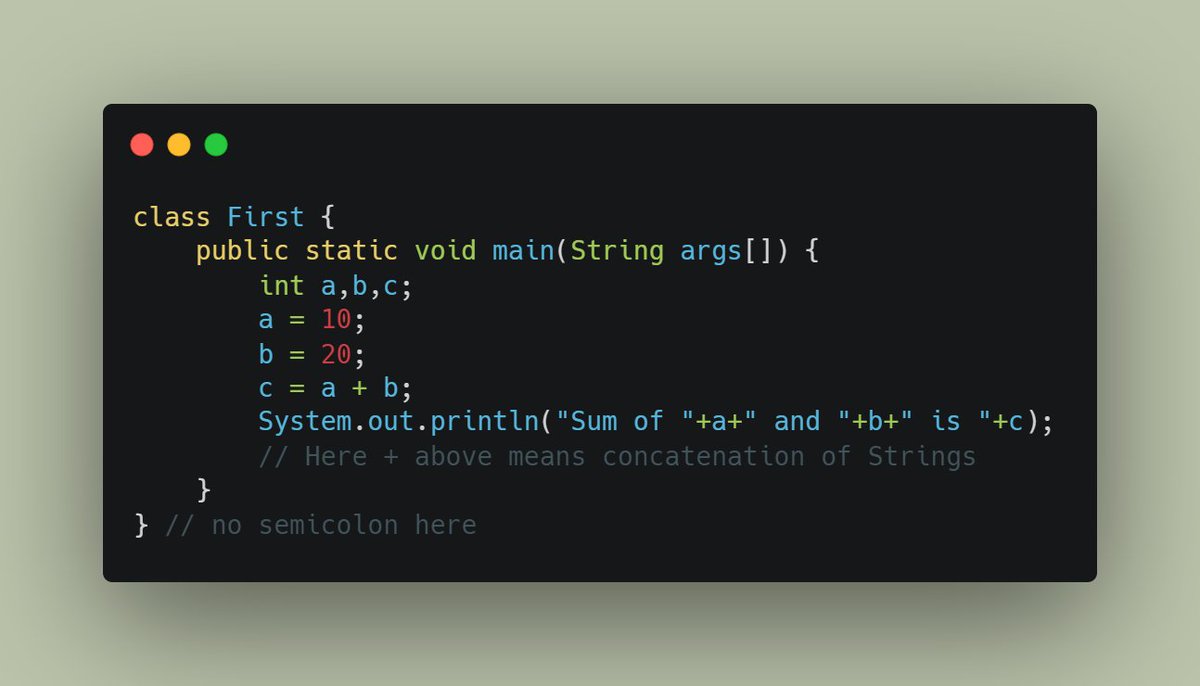
The output of this code is:
Finalise
Main1
Main2
One fact about garbage collector is that it will call finalize() method on a particular object exactly one time.
Finalise
Main1
Main2
One fact about garbage collector is that it will call finalize() method on a particular object exactly one time.
https://twitter.com/meetjain74/status/1436571507556171776
After making m1 = null m1 becomes eligible for garbage collection. So when we call garbage collector the first time, Garbage Collector will call finalize() method on m1 before destroying it.
The finalize method will print "Finalise" here but in finalize method we are again referencing the same object by m which makes it no longer eligible for garbage collection. Hence the garbage collector will not destroy the object.
Now again after making m = null, we are making it again eligible for garbage collection. Since on this object, finalize() method is already called, so now Garbage Collector will destroy it without calling finalize() method again.
• • •
Missing some Tweet in this thread? You can try to
force a refresh












